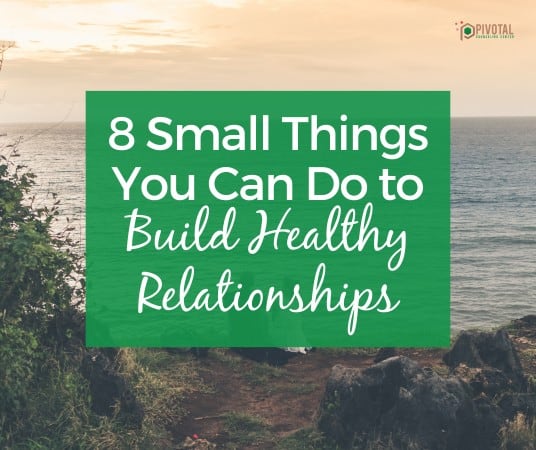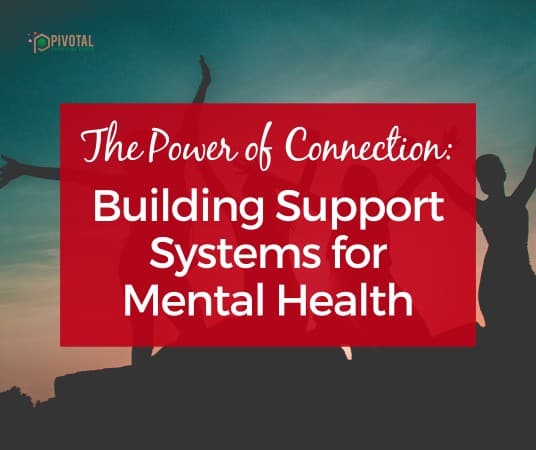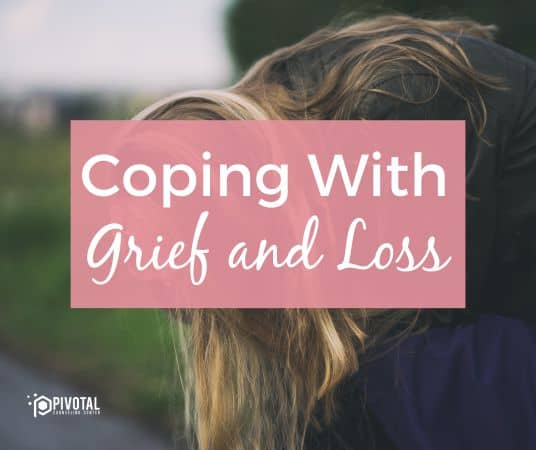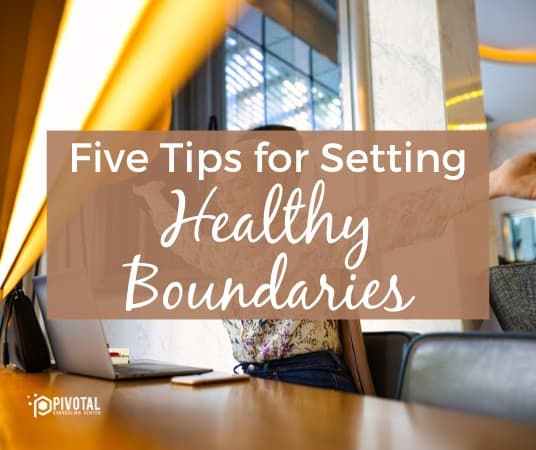
Have you taken the time to define your own personal boundaries? It’s not uncommon to feel like you’re spread too thin emotionally, physically, or mentally. We all have important things going on in our lives, and it can be difficult to figure out where to draw lines to keep yourself healthy and safe. After all, we’re all people and we all want to be able to enjoy our lives. Healthy boundaries are an important part of life!
What is a healthy boundary?
A healthy boundary is just like every other kind of boundary that you’ve heard about. A personal boundary is a line you draw yourself that separates your emotions and needs from the emotions and needs of others. Personal boundaries help us set expectations. They allow us to allocate our own emotional and physical resources in a way that keeps us healthy and safe. Having healthy boundaries in place will protect your health, your comfort, and your overall quality of life.
All of us (should) have healthy boundaries, everyone’s boundaries are different. Take some time to determine what your own boundaries are. If you don’t know what your boundaries are, you can’t help other people respect them.
What do boundaries look like?
In order to establish your own boundaries, you need to make sure that you actually know what they look like in practice. There are different kinds of healthy boundaries to learn about, and real-life examples in which they would pop up. You can have healthy boundaries relating to:
- Your belongings: We all have possessions that we value in our lives. They can include things like mementos, furniture, comfort possessions such as our preferred hoodie or blanket. You can set up boundaries your possessions. You can decide what is okay to be moved, used, or touched and what isn’t.
- Your personal space: Some people are huggers and some people find touching uncomfortable or unbearable. Some people need everything in its place and some like their space messy. There is nothing wrong your feelings on your own personal space (as long as it’s not harming anyone else, of course!) and you don’t need to bend on your boundaries for personal space.
- Your comfort: You are allowed to have boundaries related to your own comfort. Whether it’s the temperature of your home, the volume of your music, your feelings on nudity, or anything else, you get to decide what is and is not comfortable for you. Establishing boundaries related to your comfort is not controlling. You have the right to feel comfortable with your space in your life.
An example of setting boundaries:
Realistically speaking, setting boundaries sounds like a great idea, but it often feels impossible to put them into action. Imagine that your sibling is blasting their music while you’re trying to study. Or perhaps they insist on taking your favorite sweater without asking. Maybe they leave the bathroom a mess. These are all examples of personal boundaries that might be violated.
How do I establish boundaries?
The question is, then, how do you establish personal boundaries of your own? It’s not easy to do, but it is important. It is absolutely possible to achieve and maintain your healthy boundaries. Take a look at some ways you can set your own boundaries.
- Be assertive, not threatening or aggressive: When you set or explain your boundaries with a loved one, make you do so calmly and assertively. This helps the other person see it as a good thing and not as a threat. Being aggressive or issuing threats isn’t often productive in getting results long-term.
- Start small and work your way up: Consider starting with a manageable boundary and see how it goes. Perhaps, for example, it really makes you upset when your partner turns their music on really loud first thing in the morning. Or, your sibling takes your favorite sweater without asking. Set small boundaries first, and that will give you the confidence to set larger ones in the future.
Setting and sticking to your boundaries will get easier with time. The key is to put them in place and stick by them, even when it gets tough.









